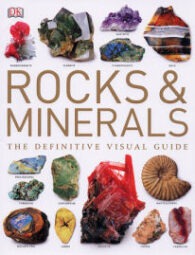This is another of GA’s guides, this time to the geology and geomorphology of the popular holiday destination of the Castleton Area in Derbyshire. I love this area and have visited there both for the geology and the beautiful scenery.
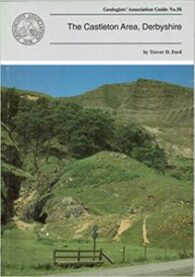

This is another of GA’s guides, this time to the geology and geomorphology of the popular holiday destination of the Castleton Area in Derbyshire. I love this area and have visited there both for the geology and the beautiful scenery.

The island of Cyprus is a truly classic area of geology in Europe. Perhaps nowhere else on Earth does so small an area provide such an excellent illustration of the dynamics of Earth processes through abundant exposures of spectacular and diverse geology.

The Geologists’ Association have extended their excellent series of geological guides by producing what some people (including me) would think at first was a slightly self-indulgent couple of volumes on ‘Devonshire Marbles’. However, for my part, I soon realised that this view is entirely wrong.

I sat down to read this over Christmas and what a good read it turned out to be. The appropriate word is ‘eclectic’ – because Measures for Measure is written for all us with an interest in the industrial history of Great Britain, and its impact on the landscape, economy, social history and culture.
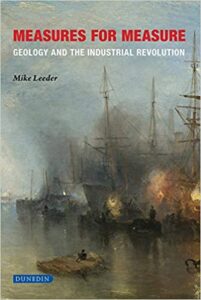
If Yorkshire really is ‘God’s Own County’, then clearly the Almighty is an extremely enthusiastic geologist. Just how lucky is the Yorkshire man who, on the same day, can see some of the best and most varied geology in the world, set out in glorious coastal and mountain scenery, collect superb fossils and minerals, and still be back in the pub in time for some of the best real ale in the UK? That is, Yorkshire is a geological gem that needs a good geological guide.
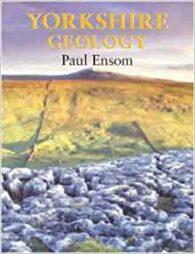
Introducing Natural Resources is another in the Dunedin Academic Press series of introductions to scientific subjects, in particular, the earth sciences. You will probably be aware that I have positively reviewed a large number of them for this website, and this new guide is no different.
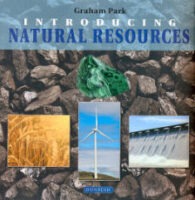
This is a third, revised edition of a very successful, introductory-level geology guide. In it, the author has taken the opportunity to revise and update the text, and to substitute improved illustrations for some of the old ones.
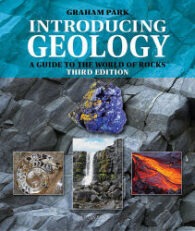
Introducing Mineralogy continues the high standard set by its predecessors in the Dunedin series of guides introducing aspects of the different sciences, especially the earth sciences. It is slightly larger than some of the others, but is still beautifully illustrated, nicely written and very informative.
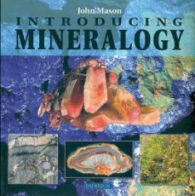
This is an odd, but nice little book, covering the geology of the Craven Lowlands, an that area is somewhat ignored, geologically. This may be true and, as much of this area is covered by Areas of Outstanding Natural Beauty, it therefore seems a great area for a geologically minded to go to for a holiday.
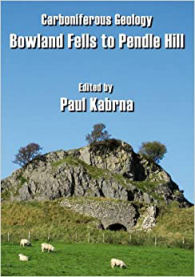
This is a brief guide explaining how the reader may collect meaningful data at outcrop level and make provisional identifications of common lithologies. It is not intended as a comprehensive field geology textbook and assumes that readers have already studied geological theory (and, as such, is probably most useful of the undergraduate, but could be interesting for anyone interested in geology).
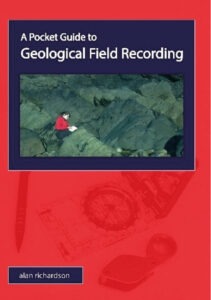
The Geologists’ Association is making something of a name for itself when it comes to pushing the envelope in geological publishing in the UK. It has already produced guides to the geology of non-UK locations and I have reviewed a new guide to the roadside geology of Wales. In itself, that was quite a departure, but so is the book under review – a guide to the ‘urban geology’ of Barcelona.
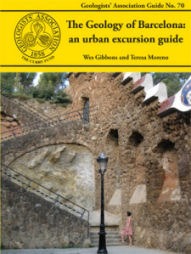
The Geologists’ Association has produced yet another great guide, this time on the geology of Wales. However, this is a slightly different beast from most of their other publications. As is always the case with this excellent series of guides, the book describes the geology of different sites capable of being visited. However, this time, the conceit is that visiting the locations is assumed to be by car.
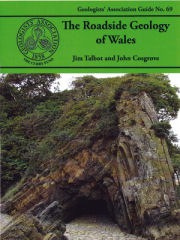
Dunedin publishes a series of ‘Guide to’ books that are excellent little volumes for the beginner and the amateur, and this one is no different. Written by the ubiquitous volcano specialist, Dougal Jerram (aka Dr Volcano), it is a nice little summary of the basics of the science of volcanology.
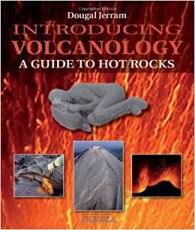
I don’t normally review BGS memoirs – they are excellent publications, but largely written for the professional or the seriously committed amateur geologist. (I have to admit to owning several, which cover my favourite fossil collecting areas of the UK.) However, this one is a ‘Special Memoir’ that I am quite willing to make an exception for.
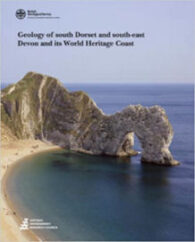
This is a charming little book, which describes itself as an “admittedly idiosyncratic compendium of [geological] words and phrases chosen because they are portals into larger stories”. It succeeds brilliantly at its professed goal, combining a great deal of information, education, and a gentle sense of fun, brought out very nicely by some attractive and humorous illustrations.
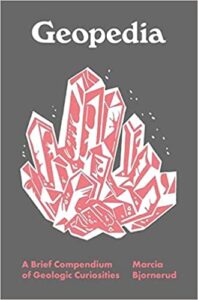
The Caithness area of Scotland is important for its geology, but is also well known for its palaeontology. The Caithness Flagstones are famous for fossil fish and the Helmsdale Fault for the Helmsdale Boulder Beds deposit, beside an active submarine fault scarp. The area even once had its own ‘gold rush’ and you can still try your luck at panning there today at Kildonan.
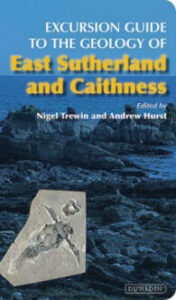
Nowadays, people don’t do geology – they do ‘earth sciences’ – and this book is very much in that mould. That’s not to say this is a problem. Expanding the study of the world to take on a more holistic view of how things work is fascinating and, it is clear from this book, just how much man has now begun to understand and benefit from this new way of looking at geological science.
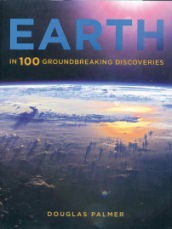
I have learned to like amber and this certainly isn’t the first book on the subject I have reviewed. I make no apologies – it’s a fascinating subject. However, if you like fossils in amber, you should definitely get this book. But, if you don’t like creepy-crawlies, perhaps you shouldn’t – as it’s the pictures that make it a resounding success.
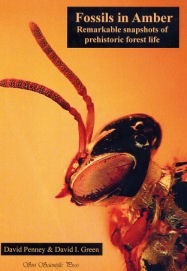
Recently, the Geologists’ Association kindly sent me three of their new guides to review, and I chose to review Alderney and La Hague: an Excursion Guide first, for some very personal reasons. I remember fondly my visits as a child to Alderney, and my extensive civil engineering works on Corblets beach, building dams of sand to capture the water flowing across the sand into the Race of Alderney.
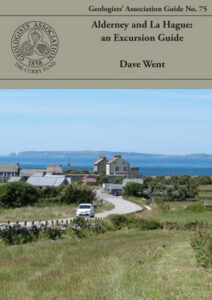
Over a period of 20 years, Ian Tyler has written a series of books on the metalliferous mining industry of the English Lake District and this has clearly been a significant labour of love for him. Unfortunately, Roughton Gill and the Mines of the Caldbeck Fells is his last – the result of the sad loss of his wife and collaborator in this project. However, he has now created an extraordinary record of the geological economic activity in this part of the world.
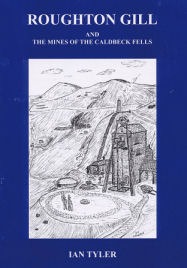
There are many good guides the geology of the Lake District and this is no exception. It is an illustrated guide to the region’s rocks and an introduction to the common rock types to be found, largely through the use of colour photographs. It also explains how they fit in with the Lake District’s geological history.
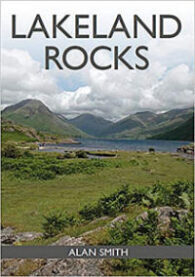
This is a comprehensive account of the minerals found in the British Isles (including Ireland) and the surrounding islands. At over 600 pages and illustrated throughout by over 550 images (mostly in colour), the book provides exhaustive coverage of the remarkably wide range of minerals found in this part of the world.
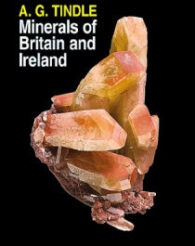
Anglesey contains a fascinating variety of rock types and geological structures, best exposed in a magnificent coastline. The bedrockgeology of Anglesey comprises a complex collage of igneous, sedimentary and metamorphic rocks that were formed between 300 and 650 million years ago.
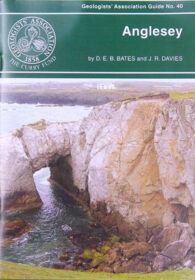
Terry Moxon certainlky likes his agates. It is easy to see his enthusiasm and it is just as easy to appreciate it from this short book on the science of these colourful minerals. However, his is not just a casual interest. He has been involved in their study for 35 years and, for nine of these, has been a research visitor investigating them at the Department of Earth Sciences at Cambridge University.
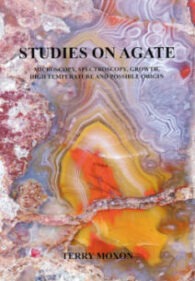
Dorling Kindersley is well-known for producing popular reference media for beginners and enthusiasts. Its Eyewitness Guides to fossils and rocks and minerals, for example, along with their later addition, the Eyewitness Handbook of fossils, certainly makes a useful starting point for anyone new to geology or palaeontology.
